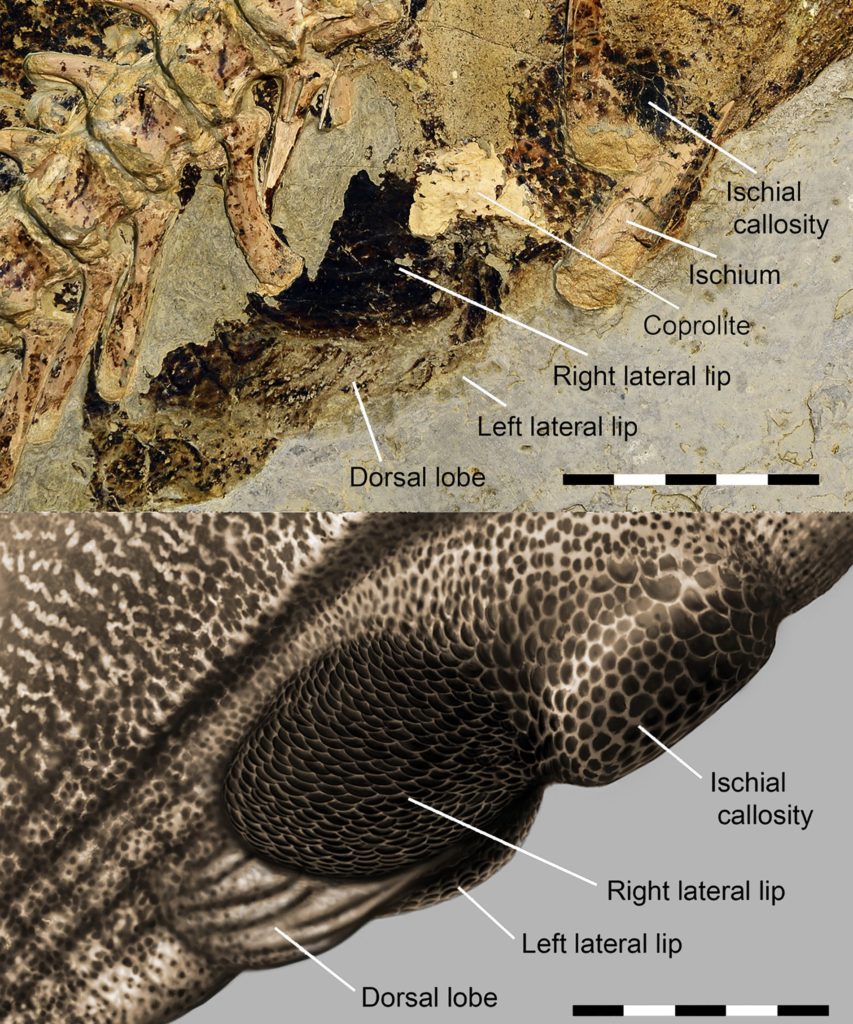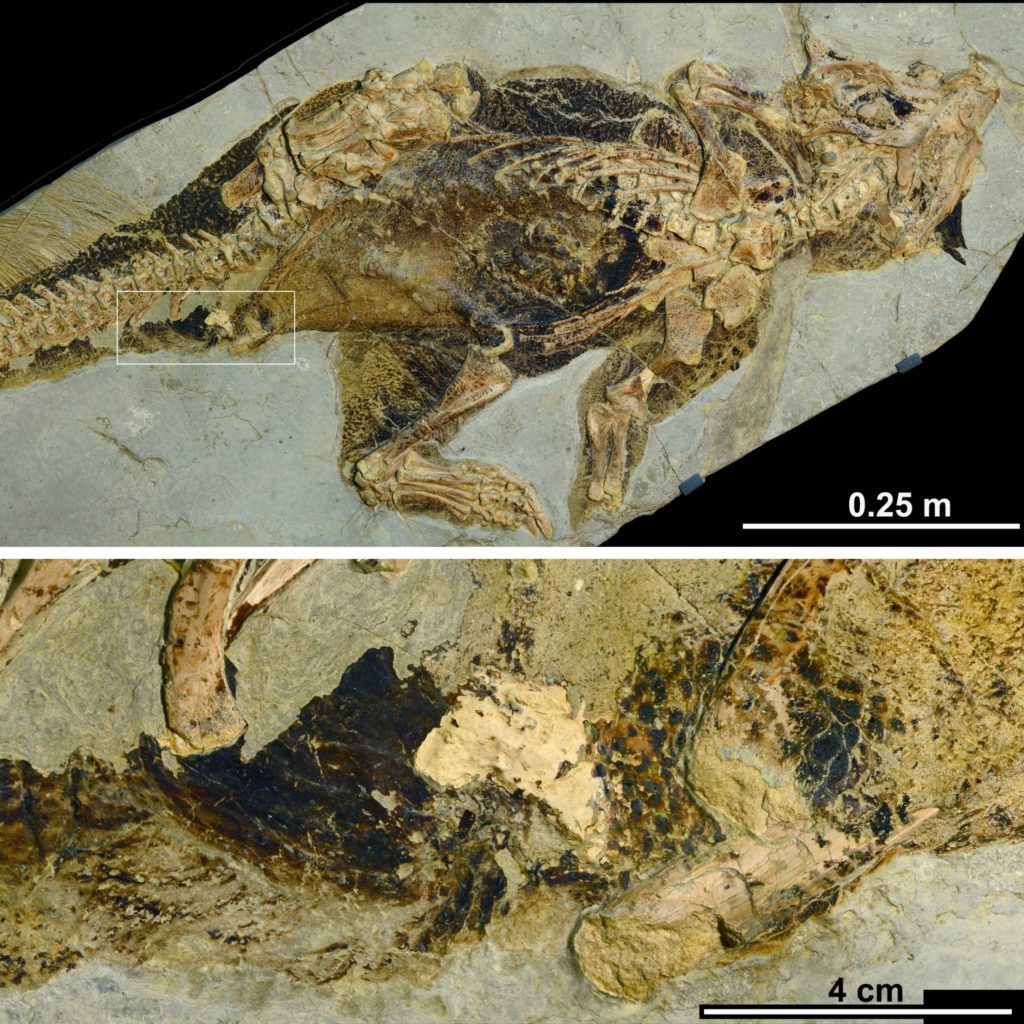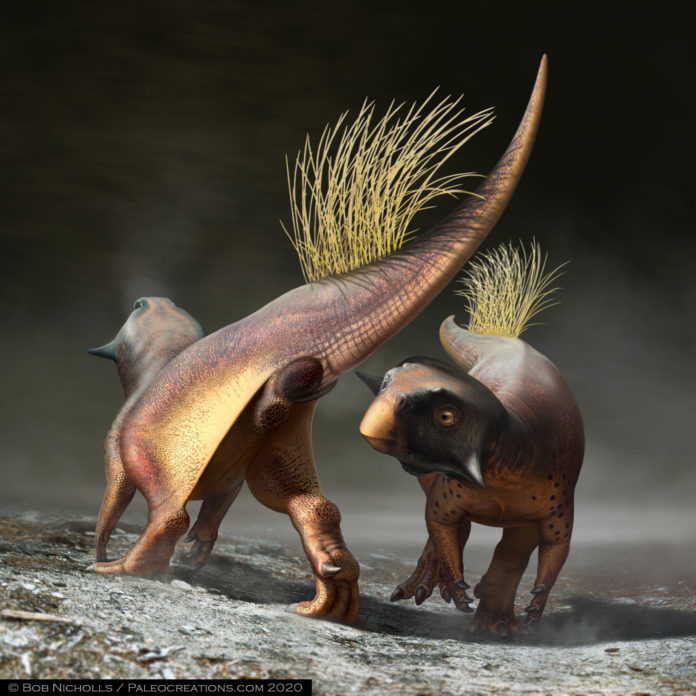Cloaca, invertebrates, common chamber and outlet into which the intestinal, urinary, and genital tracts open. It contains a single orifice, often called the Vent.
Much is clear about the dinosaurs and their appearance as feathered, scaly, and horned creatures and even which colors they sported. Although, there is no idea about how their cloacal or Vent appears.
A team of scientists, led by the University of Bristol, have, for the first time, described a dinosaur’s butthole in exquisite detail. They described a dinosaur’s cloacal or Vent region from a small Labrador-sized dinosaur called Psittacosaurus. They compared it to vents across modern vertebrate animals living on land.

Dr. Jakob Vinther from the University of Bristol’s School of Earth Sciences said, “I noticed the cloaca several years ago after reconstructing the color patterns of this dinosaur using a remarkable fossil on display at the Senckenberg Museum in Germany which preserves its skin and color patterns. It took a long while before we finished it off because no one has ever cared about comparing the exterior of cloacal openings of living animals, hence it was largely unchartered territory.”
Scientists found that the Vent’s appearance is different in many different groups of tetrapods. It doesn’t tell you much about an animal’s sex in most cases.
Dr. Diane Kelly, an expert on vertebrate penises and copulatory systems from the University of Massachusetts Amherst, said, “Those distinguishing features are tucked inside the cloaca. Unfortunately, they’re not preserved in this fossil.”
Despite having a unique appearance, the cloaca shows features similar to living crocodylians, such as alligators and crocodiles.

The outer margins of the cloaca are highly pigmented with melanin. This pigmentation provided the Vent with a function in display and signaling, similar to living baboons and some breeding salamanders. As seen in living crocodiles, the large, pigmented lobes on either side of the opening could have harbored musky scent glands.
Robert Nicholls said: “As a paleoartist, it has been amazing to have an opportunity to reconstruct one of the last remaining features we didn’t know anything about in dinosaurs.
“Knowing that at least some dinosaurs were signaling to each other gives palaeoartists exciting freedom to speculate on a whole variety of now plausible interactions during dinosaur courtship. It is a game-changer!”
Journal Reference:
- Jakob Vinther et al. A cloacal opening in a non-avian dinosaur. DOI: 10.1016/j.cub.2020.12.039
